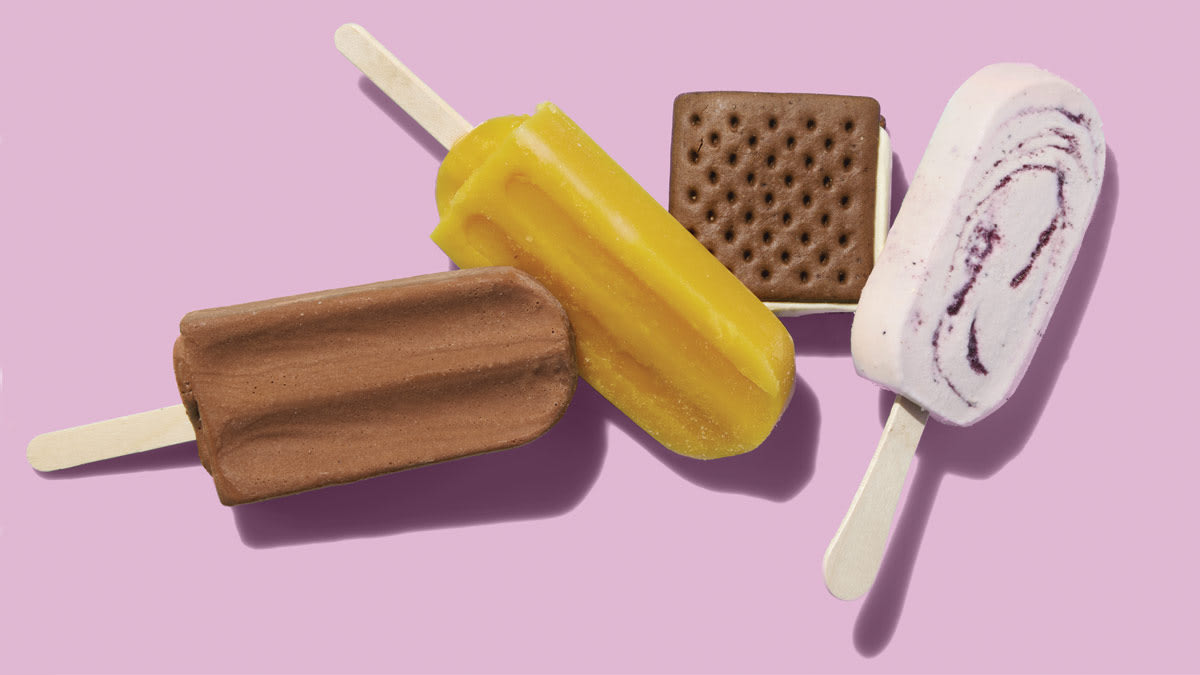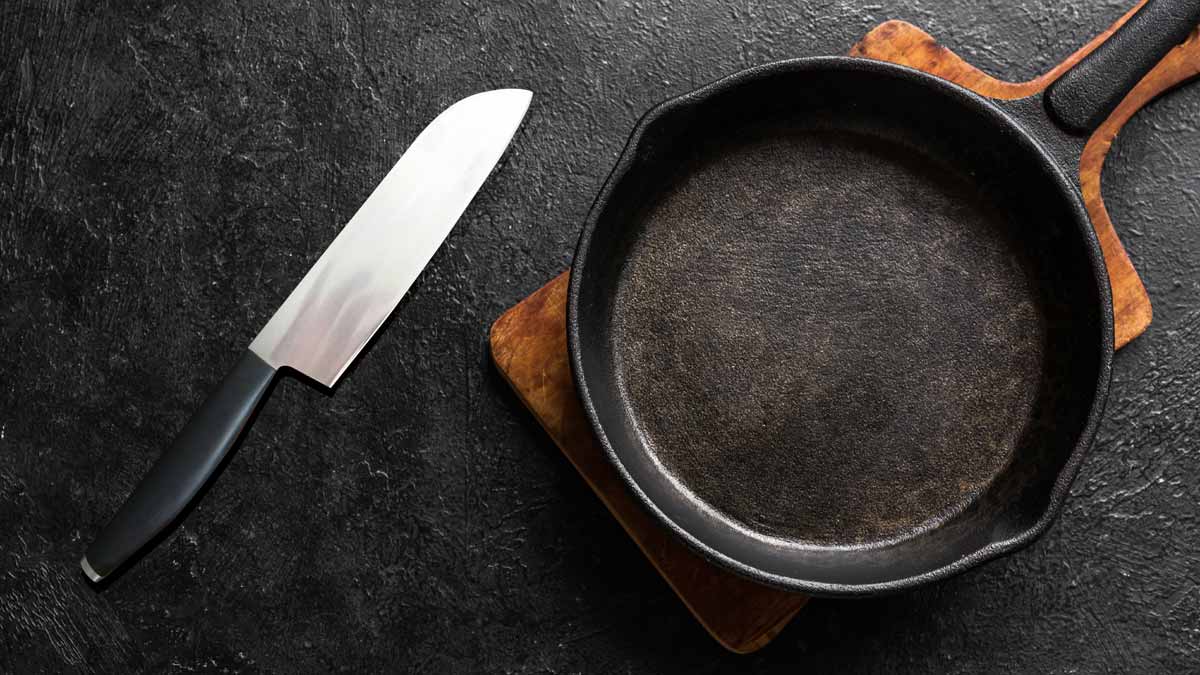How to Find Tasty, Healthy Frozen Treats

These tips will come in handy when you’re cruising through the freezer aisle looking for something you can feel good about eating.
Downsize your treat. Just as your favorite protein bar or candy bar might come in a miniature version, some frozen treats are starting to as well. “The mini versions offer built-in portion control and are a great way to satisfy your urge to have a treat but not overdo it,” says Amy Keating, RD, the CR nutritionist who conducted our frozen treat testing.
Minis are an especially good option if you want a more indulgent treat. For instance, a regular-sized Häagen-Dazs Chocolate/Dark Chocolate ice cream bar has 270 calories, 12 grams of saturated fat, and 16 grams of added sugars. The mini version has 85 calories, 4 grams of saturated fat, and 5 grams of added sugars per bar.
Look for real fruit juice vs. sugar water. What’s in a fruit bar, anyway? Some have sugar water, and some have actual fruit juice as the source of the fruit flavor. You want the latter: bonus points if it contains fruit or fruit purée, too, like the mango bars we tested. “Look beyond the name. Fruit bars can have a lot of added sugar and are not necessarily just fruit,” Keating says. “Those with fruit and fruit juice can have a little potassium, vitamin C, and fiber, making them a better nutritional choice than a fruit-flavored option that’s made with sugar syrup and natural and artificial flavors.”
Weitzner, at Children’s Hospital, adds that consumers should look for whole fruit or 100 percent fruit juice as the very first ingredient on a fruit bar label. And if you’re craving an ice pop, she says, ask yourself why. It could be simply because you want it, but it could also be a sign that you’re thirsty or getting dehydrated. “Water first, treat second,” Weitzner says.
Watch for sugar, saturated fat, and additives. We found full-sized bars that were fairly low in added sugars—11 grams or less—and had no alternative sweeteners. For mini-bars, 8 grams or less added sugar is doable. Ice cream and yogurt-based treats can be high in saturated fat, the type that can raise cholesterol levels. Keating recommends looking for products with 4 grams or less.
While research on how harmful additives are is still ongoing, Keating suggests checking the ingredients list on frozen treats and choosing those with fewer additives. These include sugar substitutes, gums, emulsifiers, and artificial colors (such as blue No. 1 and No. 2, Red Dye No. 3, red 40, yellow 5 and 6, and titanium dioxide). According to the American Medical Association, additives are a sign that a food is ultraprocessed. Research has linked diets high in these packaged foods with increased risks of heart disease, colorectal cancer, irritable bowel syndrome, and other conditions.
Make your own. If you don’t want to fight over frozen treats, make your own at home. That way, you’ll know exactly what’s going into them. Weitzner suggests making pops by blending real fruit, Greek yogurt, and 100 percent fruit juice or coconut water in a blender. (You can add a touch of honey or maple syrup if you need extra sweetness.) Pour it into ice pop molds. If you like, you can include some cut fruit, alternating it with the blender mixture. “Let kids pick the fruits and help layer them; it’s like edible art,” she adds. Freeze for 4 to 6 hours. With just a little effort, you’ll have your own customizable frozen treat ready for the next summer day or craving.
Source link










